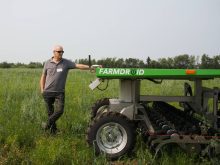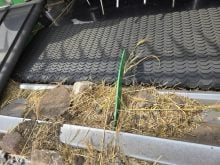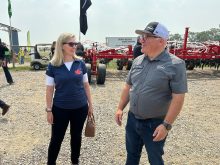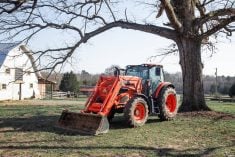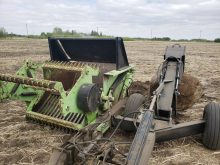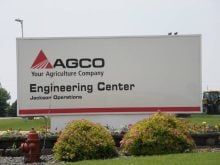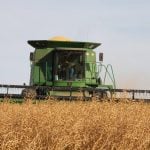A string of wet springs has steered a lot of prairie farmers into vertical tillage as a way to seed into soggy soil.
Most producers say their new equipment accomplished what it was supposed to, which was to get them seeding sooner.
However, vertical tillage can also be an important tool in fighting crop disease, says Jim Boak, a field representative for Salford Machinery, one of the first companies to sell vertical tillage machines to prairie farmers.
“Guys caught on right away that vertical tillage is a big help seeding in wet conditions, but it’s an important tool in any zero till operation,” said Boak.
Read Also
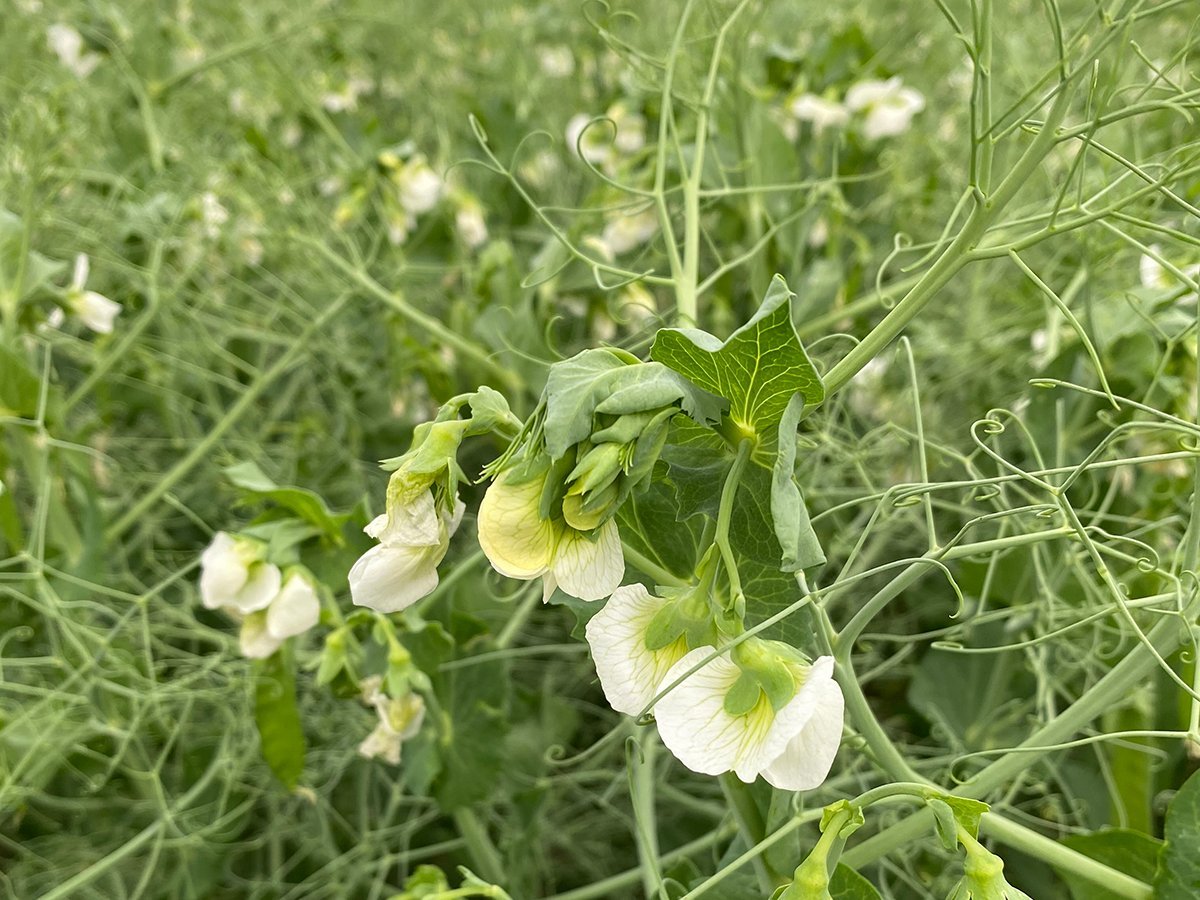
Crop quality looks good this year across Prairies
Crop quality looks real good this year, with the exception of durum.
“Zero till is based on the fact that we retain undisturbed crop residue on the surface. Whether a producer uses a disc drill or hoe drill, the success of the seeding operation depends on cutting a fresh trench into a firm, pure seedbed. Seeds don’t like a disturbed seedbed.”
He said producers don’t want to incorporate crop residue, especially in the spring.
“Residue carries all kinds of diseases that flourish when buried, and decomposing plant matter creates toxins that impact the young crop,” he said.
“Leave residue on the surface. Tandem discs are especially bad for burying pathogenic residues.”
Boak said a true vertical tillage machine, when adjusted properly, leaves a firm seed bed while retaining crop residue on the surface where it won’t harm the emerging crop.
However, not everyone who has bought a vertical tillage machine is certain they’re doing true vertical tillage or are even sure they know what vertical tillage is.
Boak said vertical tillage is simply lifting the shallow top surface of the soil without causing horizontal soil movement.
“Here’s what we find. When vertical till is done correctly, it puts some air movement into the residue cover and the top layer of soil. The operation releases a small amount of moisture at the surface, which evaporates through the residue cover. All other moisture remains locked in the soil for the crop.”
He said moisture rising in the soil is trapped below the residue layer, which is like a vapour barrier that prevents migrating moisture from escaping into the atmosphere.
“If your morning air temperature is 50 degrees (10 C)and your soil temperature is 45 degrees (7 C)… if you work that field with your vertical till machine to get some air movement, the soil will be 70 degrees (21 C) by early afternoon and you can go seeding,” he said.
“If you run the discs deeper than two and a half inches, or if you have any horizontal soil movement, then you’re not doing true vertical tillage. When you do it right, the field should look like a stick of butter after you gently pulled your fork over the top. Just parallel lines on the surface, that’s all.”
Boak said there’s nothing wrong with horizontal tillage if more soil disturbance is the goal. It’s simply a matter of keeping intent and terminology straight.
“The term vertical tillage used to refer to deep tillage, deep rippers, vertical rippers, inline rippers and all those practices deeper than 13 inches that were intended to alleviate deep compaction,” he said.
“Today when we say vertical tillage, we’re referring to shallow disturbance in the seeding zone only. And never so deep that we lose the firm seed bed.”
Boak said the concept of shallow vertical tillage began to gain acceptance a decade ago when some manufacturers started developing machines that significantly reduced lateral soil movement and caused only straight up and straight down soil movement.
“There were only a few of us building true vertical tillage machines: Salford, Summers, Great Plains, McFarlane down in Wisconsin and Phoenix, who went out of business.”
He said the five competitors had a lot in common. They all ran ripple discs, straight discs or a combination of both, but the discs ran at a zero degree angle. They all had harrows for residue management and recommended a maximum working depth of two to 2.5 inches unless the field was badly rutted.
Running that shallow through trash cover disturbs an inch of residue and the top inch of surface soil. It weakens the crust so the harrows can break it up.
“Don’t go any deeper because you want your drill to place seed into firm soil that has not been worked,” he said.
“If you run your vertical tillage machine deeper, then you’ll be placing seed into loose soil. We all know that loose soil is a problem with any horizontal tillage or horizontal soil movement. If you work the whole seed bed so it’s loose, you’ve got to go deeper to find firm ground for the seeds.
“Canola, for example, should go in at three-quarters of an inch. So you’ll want your vertical till machine to leave you about three-quarters of an inch of mixed soil and residue.
“Below that, you have the firm soil for the canola seed.”
Boak said other companies have recently started labelling machines as vertical tillage tools, but they don’t meet the criteria. They either work too deep or the discs run at an angle causing horizontal soil movement.
“Smart-Till and Airway tried to fit the vertical till class, but they were deeper working tools, not true vertical till,” he said.
“Back in about 2006 or 2007, Case IH took their 340 discer and bought some slightly dished blades for it and installed them on an 18 degree angle. They called it vertical tillage, but it’s not. Discs at 18 degrees disturb a lot of soil disturbance.”
Boak said Case opened the floodgate, and anyone who sold any type of disc cultivator now had a vertical tillage machine on the market.
“None of this is vertical tillage. This is really the finest hour for horizontal tillage.”
He said the Landoll VT has discs angled at 10 degrees on seven inch spacing, which creates lots of side movement of soil. It’s full cultivation but not vertical tillage, he added.
“These new European compact disc cultivators are promoted by some local dealers as vertical tillage, but they do not meet the criteria. Those are the Lemken, Joker, Amazon and Vaderstad,” he said.
“A vertical tillage machine must have zero degrees of angle on the disc. It must make a straight line in the soil and it must work shallow. If it cannot do those two things, it’s not true vertical tillage.”
For more information, contact Boak at 519-670-1004 or visit www.salfordmachine.com.




